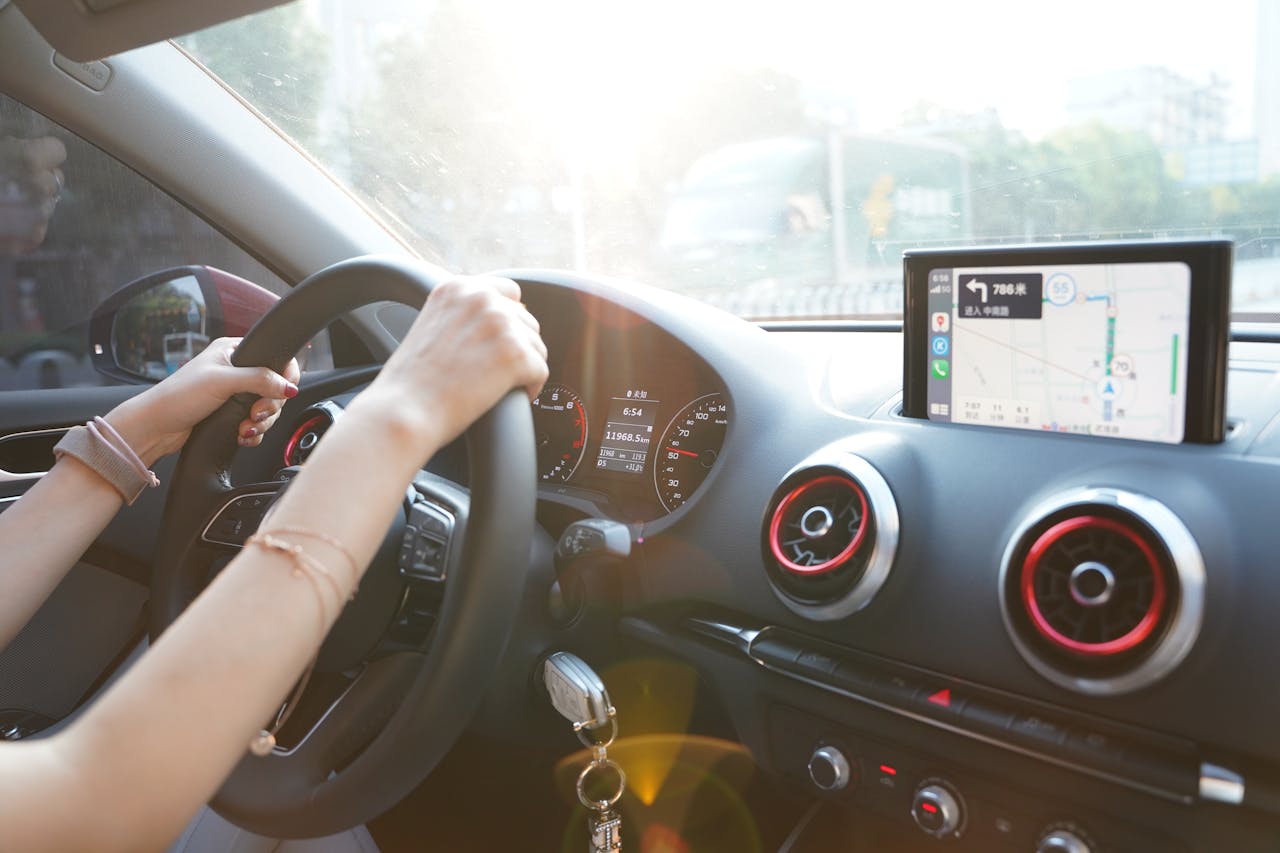FSD Insurance Policies Across U.S. States in 2025: A Comprehensive Comparison
In 2025, Full Self-Driving (FSD) technology is no longer a sci-fi concept—it’s a commercial reality on American roads. However, as the technology advances faster than regulations, insurance frameworks across the U.S. remain fragmented and inconsistent. This article dives deep into how various states are handling FSD-related insurance: pricing, liability allocation, regulatory scope, and policy transparency.
1. Why States Differ So Much on FSD Insurance
Unlike traditional auto insurance, FSD insurance touches on more than just driver risk—it blurs the line between human error and machine malfunction. And because the U.S. operates under a state-by-state insurance regulatory system, each state sets its own rules, leading to vast differences in:
- Liability attribution (driver vs manufacturer)
- Premium calculation models
- Regulatory clarity
- Data transparency requirements
Some states are embracing FSD innovation with proactive regulations, while others are still clinging to outdated driver-centric models.
2. Key State-by-State FSD Insurance Differences
| State | FSD Coverage Status | Liability Model | Data Transparency Law | Insurance Premium Trend |
|---|---|---|---|---|
| California | Partial (Tesla only) | Shared (Driver + OEM) | Mandatory AV data reporting | ▲ 12% YoY for AV premiums |
| Texas | Full (Tesla, Waymo) | OEM-focused | Voluntary | ▲ 8% YoY, stable pricing |
| Florida | Limited | Driver-centric | None | ▲ 15% YoY, rising fast |
| New York | Pilot only (selected AV zones) | Shared liability | Mandatory for pilots | ▲ 10% YoY |
| Arizona | Full | OEM responsibility | Required real-time access | ▲ 7% YoY |
Note: Trends are based on 2024–2025 insurance pricing data from NHTSA, Allstate, and Tesla Insurance.
3. Liability Models: Who Pays When an FSD Car Crashes?
- Driver-Centric States (e.g. Florida, Pennsylvania):
These states continue to treat the “operator” as legally responsible, even in Level 4/5 driving. Insurance companies calculate risk based on the driver’s history—not the vehicle’s autonomy capabilities. - OEM Liability States (e.g. Arizona, Texas):
In case of a crash while FSD is active, the vehicle manufacturer (e.g. Tesla, Waymo) may share—or even bear—full liability. This is reshaping how premiums are priced, shifting away from driver age/record. - Hybrid Liability States (e.g. California, New York):
These states are testing a shared-liability model, where fault may be split between human and machine, depending on system logs and incident data.
4. Regulatory Innovations: Some States Are Getting Ahead
- California requires monthly FSD performance logs from Tesla and Waymo.
- Arizona now mandates all insurers covering AVs provide APIs to access crash telemetry.
- Nevada has proposed legislation for dynamic pricing models based on real-time AV performance and mileage data.
These innovations aim to match the pace of technology, but they also raise privacy and fairness questions.
5. Insurance Premium Trends in 2025
While general auto insurance premiums in the U.S. have increased about 6% in 2025, FSD-equipped vehicles are seeing even steeper rises:
- Tesla FSD owners in California pay an average of $312/month, compared to $178/month for non-FSD Tesla owners.
- Waymo One insurance bundles in Texas include FSD liability riders that add 10–14% to base policy cost.
- Legacy insurers like State Farm are pulling back on underwriting FSD coverage in states with unclear liability rules.
6. The Compliance Gap: States Lagging Behind
States like Alabama, Missouri, and West Virginia have yet to issue any formal guidance on autonomous vehicle insurance. As a result:
- Tesla Insurance and other AV providers are avoiding underwriting in these areas.
- Drivers may unknowingly be underinsured for autonomous operation.
- Legal ambiguity means more litigation risk when incidents occur.
This regulatory lag could pose a real threat to FSD adoption outside major tech-forward regions.
7. Real-World Example: A Tesla Crash in California vs Florida
Case A – Tesla Model Y (FSD Beta) accident in California:
Fault split 60/40 between Tesla (system error) and driver (failed to take over). Insurer invoked shared-liability clause. Total claim paid: $18,200.
Case B – Identical crash in Florida:
Entire liability assigned to driver. Tesla logs were inadmissible in state court. Claim payout: $6,400 (driver’s deductible: $2,000).
This stark contrast highlights the stakes for drivers—and the importance of understanding your state’s policy.
8. What’s Next: Federal Framework Incoming?
The National Highway Traffic Safety Administration (NHTSA) is reportedly drafting a federal baseline regulation for AV insurance, focusing on:
- Standardizing liability frameworks
- Encouraging transparent data use
- Mandating basic FSD coverage standards
If passed in 2026, this could reduce interstate discrepancies and accelerate AV adoption nationwide.
Final Thoughts
FSD is changing not just how we drive, but how we insure. As we move further into 2025, knowing your state’s insurance policy on self-driving vehicles isn’t just smart—it’s essential. Whether you’re a Tesla owner, a fleet operator, or just exploring the AV world, stay informed and covered.
Is Tesla FSD Beta Safe in 2025? Real User Reviews & Safety Analysis
Where Is Tesla FSD Available in 2025? Country-by-Country Breakdown
Who Is Liable for FSD Accidents? A Deep Dive in 2025
How to Activate Tesla FSD(Full Self-Driving) via the Tesla App in 2025
FSD Insurance 101: What Every Tesla Owner Should Know in 2025



